A CHIRP GA FEEDBACK reader shared this tale of how a calm, sunny post-storm day turned into a practical masterclass in patience, preparation and problem-solving. It’s a great example of how even simple flights can test our systems knowledge and human resilience in equal measure.
I flew to Jersey recently, just before a named storm hit. Despite tying the C-172 down firmly facing the wind and using all 3 anchor points, it weathercocked 30º overnight but held. When the weather cleared, I headed back to the mainland; the weather CAVOK, full sun and a gentle breeze. The aircraft was wet when I carried out a careful Check A and I was particularly careful to ensure that no water had entered the fuel. I called for taxi clearance, but the radio was unusually crackly – I assumed this was due to a known dead spot behind the bowser.
On taxying to the hold, I was aware of considerable interference on air. The tower was only partially audible and I was being asked to repeat messages, as I requested the tower to do likewise. I then heard the words “stuck mic”. After a couple of failed radio checks, this was also displayed on my set, so I changed headsets to no avail, and I switched the radio off. Using a handheld radio at the holding point, I requested clearance to taxi back for further investigation.
The excellent engineering facility was very helpful and spent 90 minutes dismantling and re-tightening the wiring as well as checking both headsets. Clear communications were restored. I then attempted a re-start, only to find that the battery was dead due to the time that it had been discharging on the ground. Again, I was helped with a jump start and the flight continued successfully, with no further incident.
This experience highlighted several learning points:
- Always tie down properly, especially when there is any danger of high winds.
- Fully confirm all ATC communications in both directions.
- Have a spare headset plugged in and ready – loudspeakers and hand mics are a last resort and not appropriate for long flights.
- Have a handheld radio ready, tuned and fully charged.
- Consider a low wattage mains cockpit heater if aircraft are left in damp conditions.
- Minimise power use when not charging. NB beacon lights can draw 10amps. Fully lowering flaps pre-flight is also very power-hungry.
- Be humble enough to accept help and not press on, unless 100% certain that the basics are in order.
Final thoughts:
- Not all flying is fair-weather. It’s a privilege and not a right. Be prepared and then prepare again.
- Engineering facilities in Jersey are top notch and also free of VAT – highly recommended!





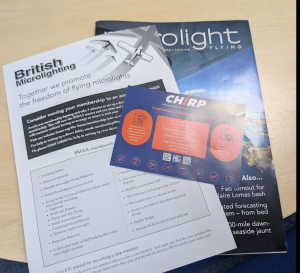



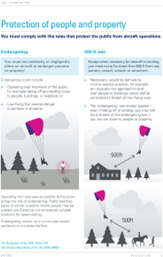

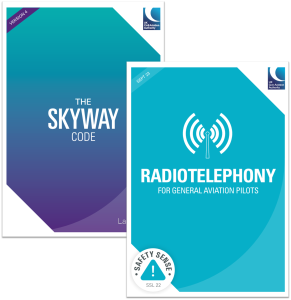
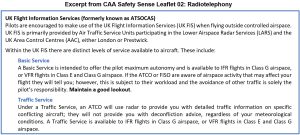
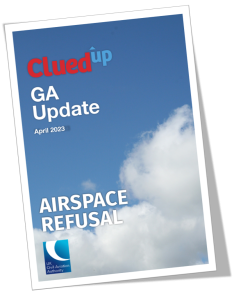




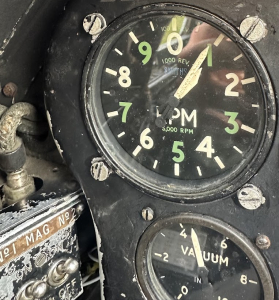

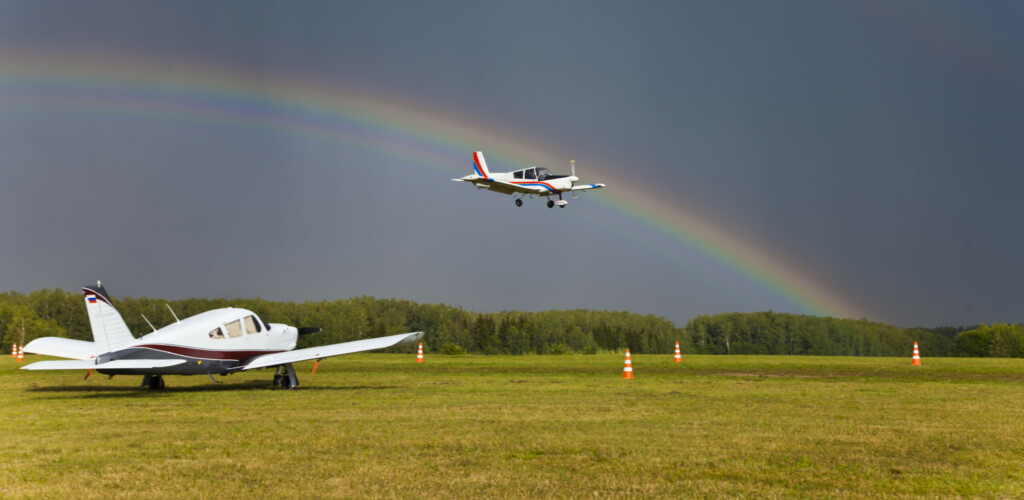
CHIRP approached SkyDemon on the reporter’s behalf and asked the following questions:
Are there plans to improve the reliability or presentation of this feature, or to consider including stronger caveats about its limitations?
We have reviewed the notice displayed to pilots when they first use our Flyable Conditions feature (attached the English version) along with relevant pages in the user guide it alludes to (41, 42, 43).
Notice reads:
“This layer is a forecast showing ceiling and visibility over a wide area. It is coloured according to your own preferences for visual conditions. It does not include rain, storms or other significant weather.
For more information on how to use this layer to help you decide where to fly, including safety best practices, consult the user guide.
Hold a finger on the information at the bottom of the map to change your preferences.”
We’re satisfied that we make clear that the feature in question is a forecast and go into some detail on how it works and how to set it up to deliver the personalised graphics it’s designed to produce. We also explain why it may differ from METARs from time to time. Most of our users have gone through PPL training, and for that reason we don’t think it is necessary to explain what a forecast is, or labour the point that a forecast can (and often will) differ from the actual conditions that transpire to some degree.
We did have an issue with the feature in April. It turned out that a mistake by our suppliers resulted in incorrect data being delivered to us. Once we became aware of the problem, we quickly determined the nature of it and reported it to them for a swift fix. Importantly, the system failed safe by design: it erroneously told users that some areas were not flyable, when in fact they were. We do of course have the ability to stop the supply of the data if that should ever become necessary. We had detailed follow-up discussions with our supplier, as you would expect, to establish exactly what went wrong and how, and have satisfied ourselves that they have put measures in place to minimise the chance of it ever occurring again.